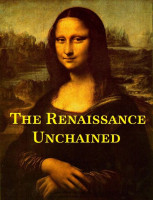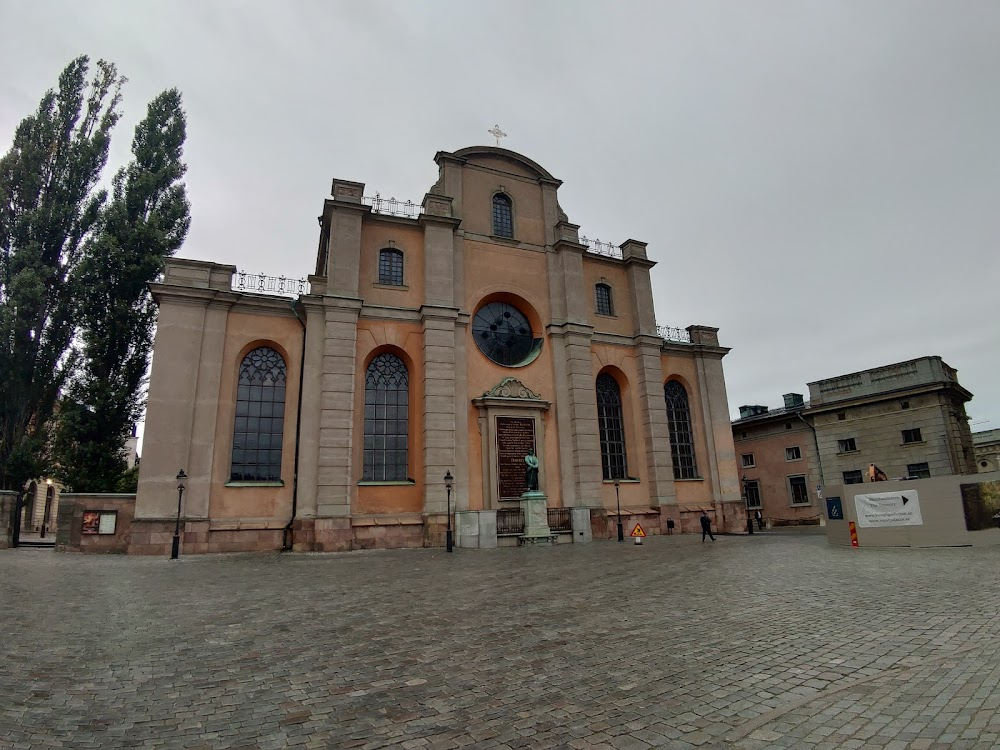The Renaissance Unchained Filming Locations

Where was The Renaissance Unchained filmed? The Renaissance Unchained was filmed in 17 locations across Italy, Belgium, Sweden, Australia, Vatican City, Switzerland, Netherlands, Czech Republic, Spain and France in the following places:
The Renaissance Unchained Filming Locations
Padua is a city in Northern Italy’s Veneto region. It’s known for the frescoes by Giotto in its Scrovegni Chapel from 1303–05 and the vast 13th-century Basilica of St. Anthony. The basilica, with its Byzantine-style domes and notable artworks, contains the namesake saint’s tomb. In Padua's old town are arcaded streets and stylish cafes frequented by students of the University of Padua, established in 1222.
Bruges, the capital of West Flanders in northwest Belgium, is distinguished by its canals, cobbled streets and medieval buildings. Its port, Zeebrugge, is an important center for fishing and European trade. In the city center’s Burg square, the 14th-century Stadhuis (City Hall) has an ornate carved ceiling. Nearby, Markt square features a 13th-century belfry with a 47-bell carillon and 83m tower with panoramic views.
Assisi is a hill town in central Italy’s Umbria region. It was the birthplace of St. Francis (1181–1226), one of Italy’s patron saints. The Basilica of St. Francis is a massive, 2-level church, consecrated in 1253. Its 13th-century frescoes portraying the life of St. Francis have been attributed to Giotto and Cimabue, among others. The crypt houses the saint’s stone sarcophagus.
Sansepolcro, formerly Borgo Santo Sepolcro, is a town and comune founded in the 11th century, located in the Italian Province of Arezzo in the eastern part of the region of Tuscany.
Urbino is a walled city in central Italy. It's known for the turreted, 15th-century Palazzo Ducale. Inside the palace, the National Gallery of the Marche features paintings by Titian and Raphael, who was born in Urbino. Raphael’s House has more paintings, including ones by the artist’s father. Next to the neoclassical cathedral is the Museo Diocesano Albani, with religious artifacts dating back to the 13th century.
Florence, capital of Italy’s Tuscany region, is home to many masterpieces of Renaissance art and architecture. One of its most iconic sights is the Duomo, a cathedral with a terracotta-tiled dome engineered by Brunelleschi and a bell tower by Giotto. The Galleria dell'Accademia displays Michelangelo’s “David” sculpture. The Uffizi Gallery exhibits Botticelli’s “The Birth of Venus” and da Vinci’s “Annunciation.”
Carrara is a town and comune in Tuscany, in central Italy, of the province of Massa and Carrara, and notable for the white or blue-grey marble quarried there. It is on the Carrione River, some 100 kilometres west-northwest of Florence. Its motto is Latin: Fortitudo mea in rota.
Venice, the capital of northern Italy’s Veneto region, is built on more than 100 small islands in a lagoon in the Adriatic Sea. It has no roads, just canals – including the Grand Canal thoroughfare – lined with Renaissance and Gothic palaces. The central square, Piazza San Marco, contains St. Mark’s Basilica, which is tiled with Byzantine mosaics, and the Campanile bell tower offering views of the city’s red roofs.
Bellinzona is the capital city of southern Switzerland’s Ticino canton. It’s known for its 3 medieval castles, including the hilltop Castelgrande and Sasso Corbaro. Both have views of the city, the surrounding Alps and Montebello, the 3rd castle. The Museo Villa dei Cedri features regional art from the 19th century to the present. Original elements in the restored Palazzo Civico include a 16th-century fresco.
's-Hertogenbosch, colloquially known as Den Bosch, is a city and municipality in the Netherlands with a population of 160,783. It is the capital of the province of North Brabant and its fourth largest city by population. The city is south of the Maas river and near the Waal.
Prague, capital city of the Czech Republic, is bisected by the Vltava River. Nicknamed “the City of a Hundred Spires,” it's known for its Old Town Square, the heart of its historic core, with colorful baroque buildings, Gothic churches and the medieval Astronomical Clock, which gives an animated hourly show. Completed in 1402, pedestrian Charles Bridge is lined with statues of Catholic saints.
Toledo is an ancient city set on a hill above the plains of Castilla-La Mancha in central Spain. The capital of the region, it’s known for the medieval Arab, Jewish and Christian monuments in its walled old city. It was also the former home of Mannerist painter El Greco. The Moorish Bisagra Gate and the Sol Gate, in Mudéjar style, open into the old quarter, where the Plaza de Zocodover is a lively meeting place.
The Renaissance Unchained (2016)
In this series critic and writer Waldemar Januszczak challenges the traditional review that the European Renaissance originated in southern Europe, advocating a case for the north instead.

